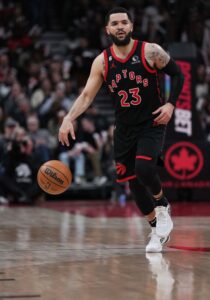Rookie of the Year award winner Paolo Banchero and Franz Wagner could be one of the league’s top forward combinations for years to come. Wendell Carter Jrr. has a stranglehold on the starting center job.
The mystery for the Magic is how their backcourt will shake out. They’re loaded with high draft picks at the guard positions and coach Jamahl Mosley will have some tough decisions regarding his rotation, particularly at the point.
Markelle Fultz is the favorite to be the starter at the point. He appeared in 60 regular season games last season and started them all, averaging 14.0 points and 5.7 assists per night.
Cole Anthony saw extensive playing time, mostly off the bench. He averaged 13.0 points and 3.9 assists in 60 games during his third NBA season.
The Magic invested the sixth pick in a loaded draft on Arkansas’ Anthony Black. The one-and-done college player averaged 12.8 points and 3.9 assists — along with 2.1 steals — for the Razorbacks last season. It stands to reason that Black will get some immediate playing time, given his draft status.
Then there’s Jalen Suggs, the No. 5 pick of the 2021 draft. Suggs had a stellar college career at Gonzaga but his first two NBA seasons haven’t been memorable. He’s been nagged by injuries, though he still started 19 of the 53 games he played last season. Suggs averaged 9.9 PPG and 2.9 APG and will be entering a pivotal season in his NBA career. He’ll come to training camp with plenty to prove and perhaps a chip on his shoulder.
Orlando also invested a lottery pick this summer on Jett Howard. He played one season at Michigan for his father, Juwan Howard, and ran the point for the Wolverines. He averaged 14.2 points in his lone college campaign.
Gary Harris remains the likely starter at shooting guard but it’s not a given. Harris has been a steady, if unspectacular, performer during his NBA career. He started 42 of 48 games last season but only averaged 8.3 points.
Another Michigan product, Caleb Houstan, could be a bigger factor in his second NBA season. Houstan was a high second-round pick in 2022 and made 51 appearances off the bench.
Veteran Joe Ingles, a free agent acquisition, is likely to back up at the forward spots but he could play some minutes at the off-guard spot.
A couple of natural point guards could share the court, but it’s quite a puzzle for Mosley.
That brings us to our topic of the day: How do you think the Magic’s backcourt will shake out? Who will start and who will be the main reserves?
Please take to the comments section to weigh in on this topic. We look forward to your input.

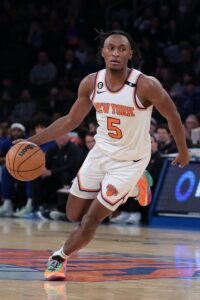 Let’s use Knicks guard
Let’s use Knicks guard 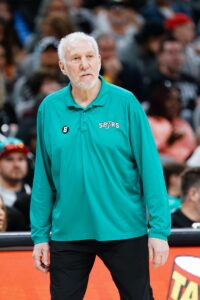
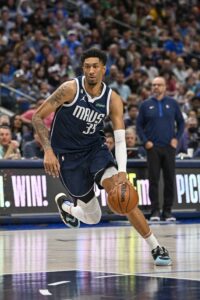 Big man
Big man 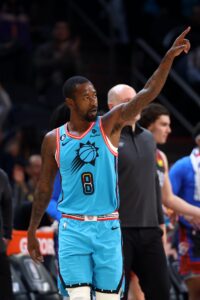 There aren’t many solid two-way wings left on the board.
There aren’t many solid two-way wings left on the board. 
